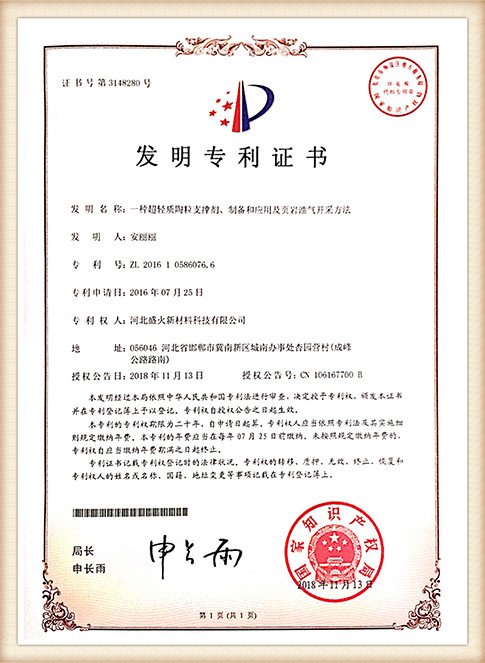Understanding Sand Casting The Backbone of Modern Manufacturing
Sand casting, also known as sand mold casting, is a fundamental manufacturing process that has stood the test of time and evolution. Widely used in industries from automotive to aerospace, its versatility and efficiency make it a critical component in the production of metal parts. This article will explore the intricacies of sand casting, its advantages, and its applications in various sectors.
At the heart of the sand casting process is the creation of a mold made from a mixture of sand, clay, and water. This mixture is compacted around a pattern, which is often a replica of the final product. Once the mold is formed, the pattern is removed, leaving behind a cavity into which molten metal is poured. The metal cools and solidifies, taking the shape of the mold before the sand is broken away to reveal the finished product.
One of the primary advantages of sand casting is its ability to produce large and complex shapes with relative ease. Unlike other manufacturing methods, such as die casting or investment casting, sand casting can accommodate a variety of metal alloys and is particularly effective for large components. This flexibility allows manufacturers to adapt to different design specifications without significant cost increases or delays.
Understanding Sand Casting The Backbone of Modern Manufacturing
The sand casting process is also notable for its environmental sustainability. Many companies are now utilizing reclaimed sand, which can be recycled and reused multiple times, significantly reducing waste. This sustainability factor has gained importance in recent years as industries seek to minimize their ecological footprints and enhance their green practices.
sand casting company

In the automotive industry, sand casting is prevalent for producing engine blocks, transmission cases, and other critical components. The ability to create durable parts that can withstand high levels of stress makes sand casting an ideal choice for automotive applications. Similarly, in the aerospace sector, sand casting is used to manufacture lightweight components that meet stringent regulatory requirements for safety and performance.
Moreover, sand casting has found substantial applications in the construction sector. The construction industry often relies on sand castings for producing metal fittings, railings, and architectural elements, where aesthetics and structural integrity are crucial. The process allows for a high degree of customization, enabling architects and contractors to create unique designs that enhance the visual appeal of structures.
Despite its many advantages, sand casting does come with its challenges. The surface finish of sand-cast components is typically rougher than those produced through other methods, which may necessitate additional machining or finishing processes. Additionally, the dimensional accuracy may not always match the precision offered by other casting techniques, necessitating careful consideration in applications where tight tolerances are essential.
Looking to the future, advancements in technology are enhancing the capabilities of sand casting. Innovations such as 3D printing are being explored to create complex mold designs that were previously unattainable. This evolution may open new avenues for sand casting, making it even more efficient and versatile in an ever-changing manufacturing landscape.
In conclusion, sand casting remains a vital process in modern manufacturing. Its combination of flexibility, cost-effectiveness, and environmental sustainability positions it as an indispensable method for producing a wide range of metal components across various industries. As technology continues to evolve, the sand casting process will likely adapt, ensuring its relevance in the future of manufacturing. For businesses exploring options for metal part production, a deeper understanding of sand casting can lead them to make informed, strategic decisions that enhance their operational efficiency and product quality.
Post time:okt. . 18, 2024 09:32
Next:Types of Foundry Sand and Their Applications in Metal Casting
